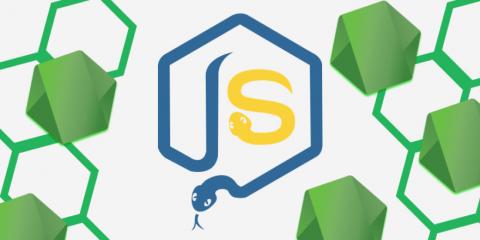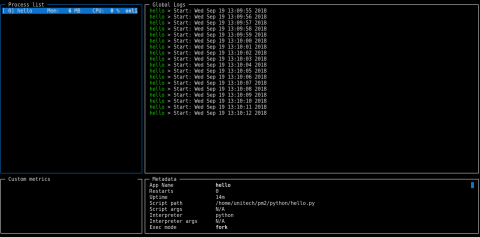PyCon 2019 - Scout brings APM for Python
The 2019 edition of PyCon USA takes place over the next few days in Cleveland, Ohio. Scout is delighted to be there, sharing our APM tool with the Python community. Plus, we'll have great t-shirts and stickers for you, and we love to get geeky - one of our lead product engineers, plus two of our smart support engineers, are working the booth, ready to help you figure out your Python performance problems.










